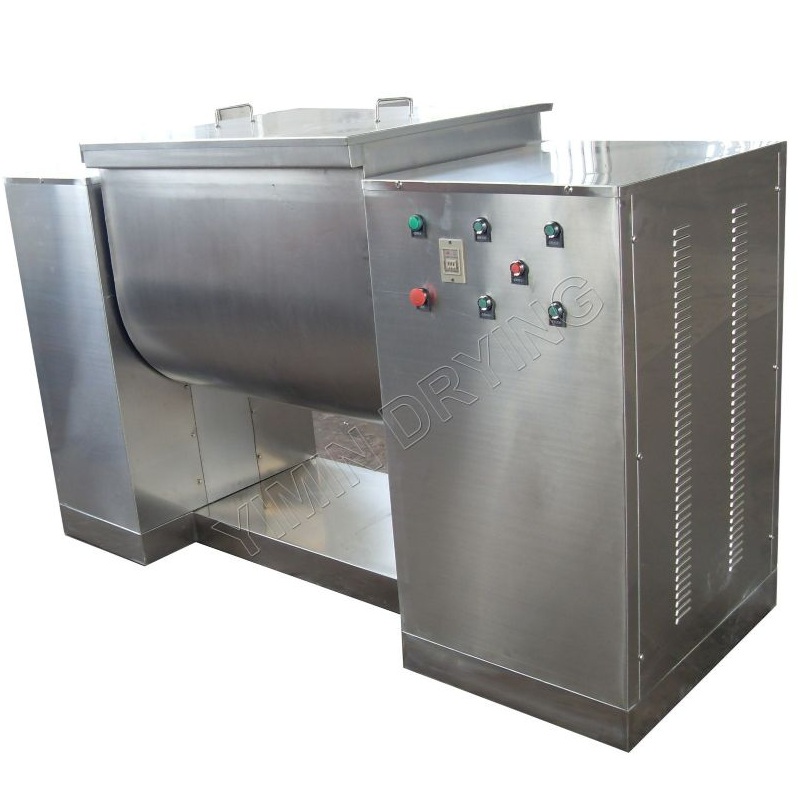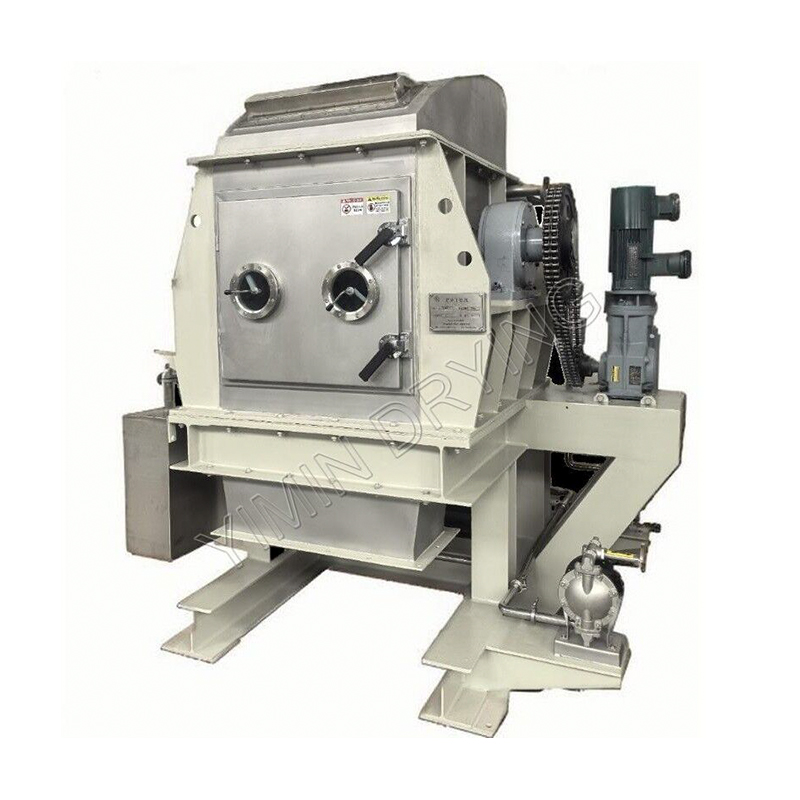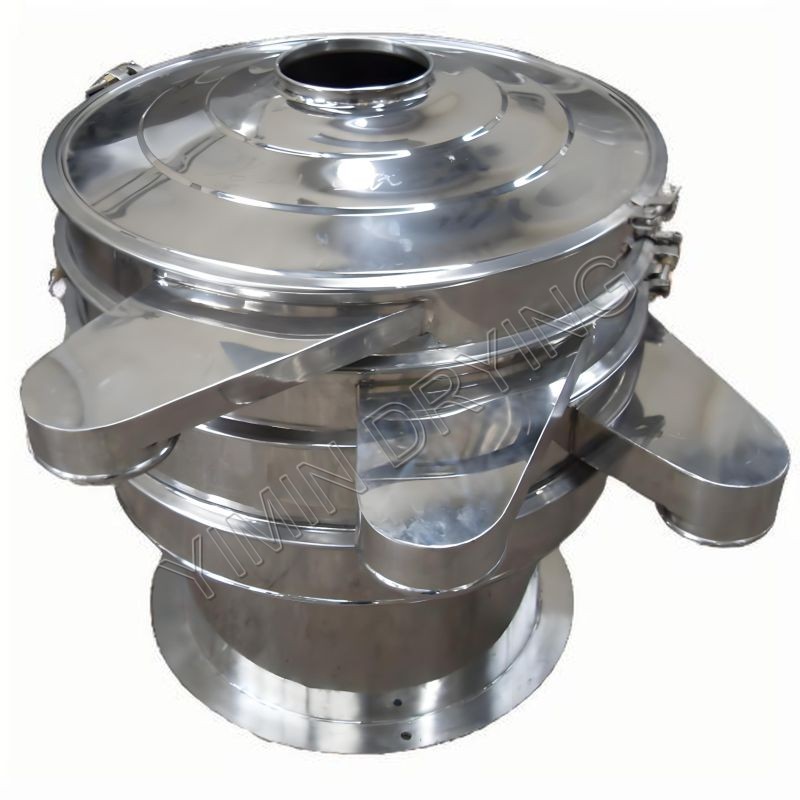The Indispensable Role of the Wet Mixer in Industrial Processing
The Wet Mixer is a critical piece of equipment across numerous industries, serving as the workhorse for blending, homogenizing, and dispersing materials where a liquid phase is involved. Far more sophisticated than a simple stirrer, a wet mixer is engineered to deliver precise, repeatable, and energy-efficient mixing outcomes, essential for product quality and process efficiency.
Principles and Function
A wet mixer operates by imparting mechanical energy into a system of solids and liquids (or multiple immiscible liquids) to achieve a desired degree of uniformity. Its primary functions include:
-
Homogenization: Creating a uniform composition throughout the batch.
-
Dispersion: Breaking down agglomerates of solid particles and distributing them evenly within a liquid vehicle.
-
Emulsification: Creating stable blends of two or more immiscible liquids (e.g., oil and water).
-
Heat Transfer: Enhancing thermal exchange by ensuring constant movement and contact with jacketed vessel walls.
-
Chemical Reaction: Facilitating contact between reactants to drive chemical processes.
The effectiveness of a wet mixer depends heavily on its ability to generate high shear stress, bulk flow, and turbulence. These mechanisms break down particles and prevent segregation, leading to a stable, consistent product.

Types of Wet Mixers and Their Applications
The vast array of industrial applications necessitates different types of wet mixer technologies, each optimized for specific material viscosities and process goals:
Critical Design Considerations
The design and material of construction for a wet mixer are paramount to its long-term performance and regulatory compliance. Key considerations include:
-
Materials of Construction: Often stainless steel (304 or 316L) for corrosion resistance and hygiene, especially in pharmaceutical and food production.
-
Sealing Technology: Proper shaft seals (mechanical seals being common) are vital to prevent product leakage or contamination, particularly when dealing with hazardous or sterile materials.
-
Power and Efficiency: The motor and gearbox must be appropriately sized to handle the torque required for the maximum expected viscosity and density of the mixture.
-
Geometric Similarity (Scaling Up): Moving from lab-scale to production-scale mixers requires careful calculation to maintain similar mixing power per unit volume, ensuring consistent product quality across scales.
The sophisticated engineering of modern wet mixer systems allows manufacturers to maintain tight control over process variables, leading to superior final products and minimized waste. As industries continue to demand higher quality and efficiency, the role of the precision-engineered wet mixer will only grow in importance.



 English
English русский
русский عربى
عربى Türk
Türk




